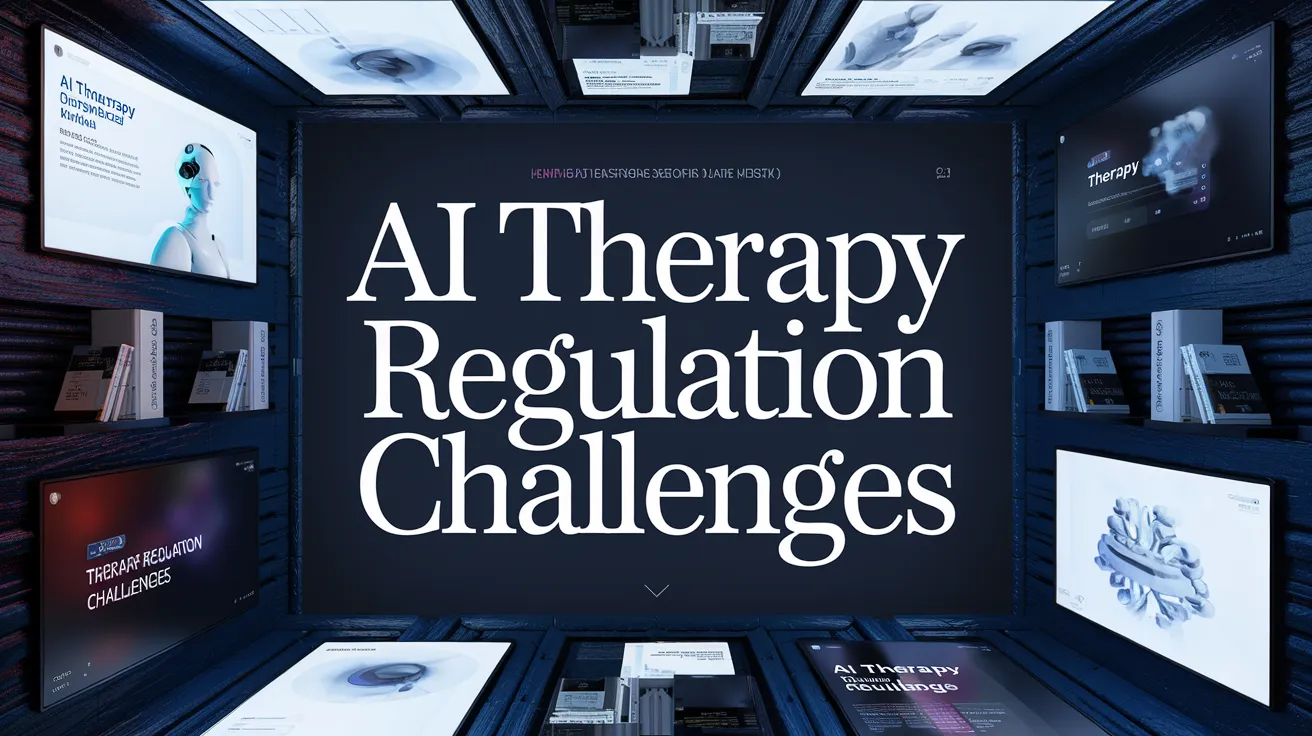AI Therapy Regulation Challenges

The rapid rise of artificial intelligence (AI) tools for mental health support is prompting states to take action, yet regulations remain fragmented and insufficient. As more individuals seek AI-driven therapy options, some states have initiated laws aimed at overseeing these applications. However, the current patchwork regulations, enacted in the absence of comprehensive federal oversight, fail to adequately safeguard users or ensure accountability from developers of potentially harmful technology.
Karin Andrea Stephan, CEO of Earkick, a mental health chatbot, highlights the significance of this trend, stating, “The reality is millions of people are using these tools and they’re not going back.” The regulatory landscape is evolving; Illinois and Nevada have outright banned AI applications from providing mental health treatment, while Utah has introduced limitations designed to protect users’ health information and clarify the non-human nature of therapy chatbots. Meanwhile, Pennsylvania, New Jersey, and California are also considering their own regulatory frameworks.
As states implement these varying regulations, users experience mixed impacts. Some apps have restricted access in states with bans, while others adopt a wait-and-see approach. There remain significant gaps, particularly for general chatbots like ChatGPT that aren’t marketed specifically for therapy but are frequently used as such, raising questions about the app’s role in potentially distressing situations.
Vaile Wright of the American Psychological Association notes the potential of responsibly developed mental health chatbots to address the ongoing shortage of mental health providers and the high costs associated with traditional care. Wright advocates for federally regulated oversight that could enforce marketing restrictions, monitor user safety, and improve reporting mechanisms for harmful practices.
Despite their promise, many current AI applications blur the line between companionship and professional therapy, which complicates regulatory measures. Individual apps have unique categorizations; for instance, Earkick has reverted its branding away from therapy language to focus on self-care, reflecting the ambiguity surrounding such regulations.
Illinois regulators emphasize the importance of experienced human therapists, asserting that true therapy involves complex human empathy and judgment that AI currently cannot replicate. The introduction of Therabot, presented in a recent clinical trial, demonstrates the potential efficacy of AI in providing therapeutic experiences—but its status remains tentative as the larger healthcare community proceeds cautiously.
While these regulatory measures aim to foster user safety, they must evolve along with the technology. Critics argue that strict regulations can stifle necessary innovation, further complicating access to mental health support during a crucial time of growing need. As policymakers, developers, and mental health advocates continue to navigate this fast-evolving domain, the importance of balanced and informed dialogue remains paramount to ensure that AI truly serves the needs of those it aims to support.